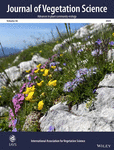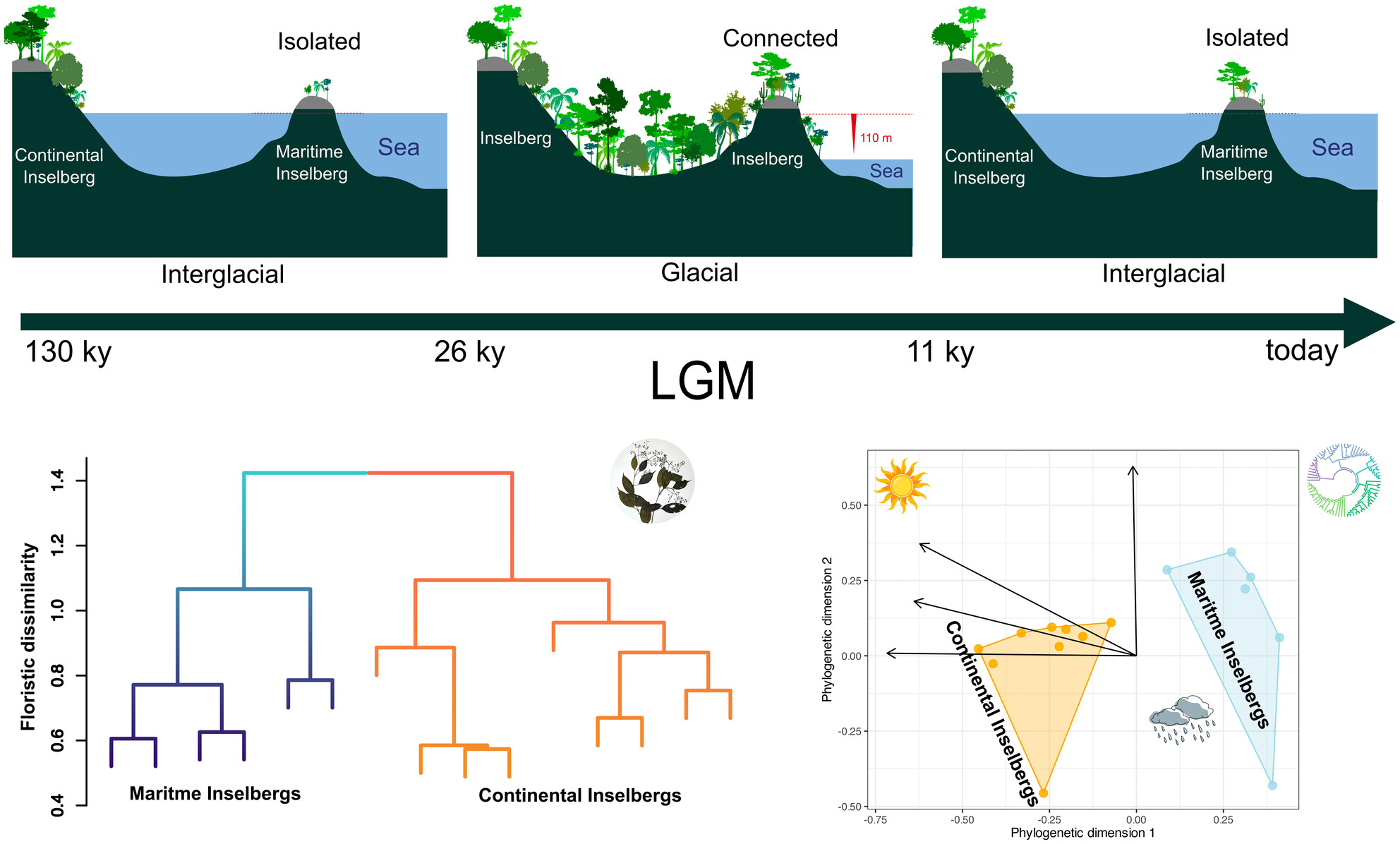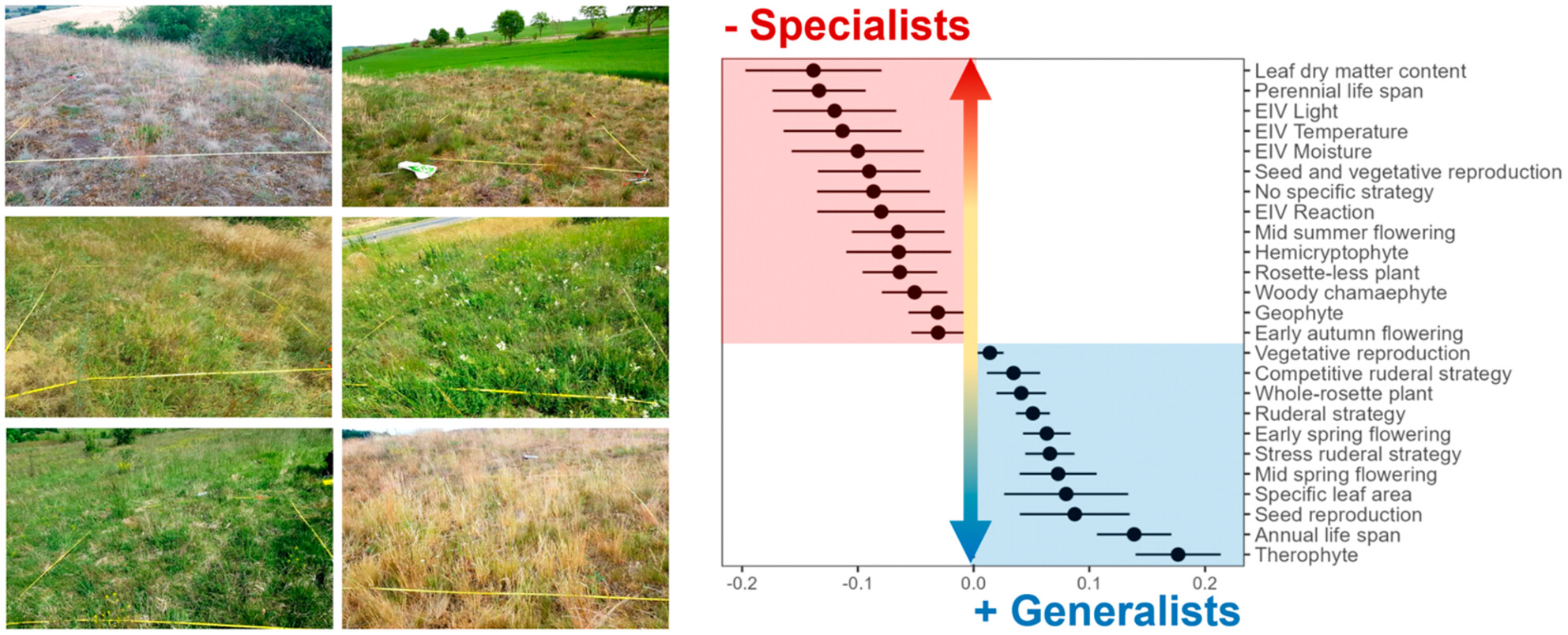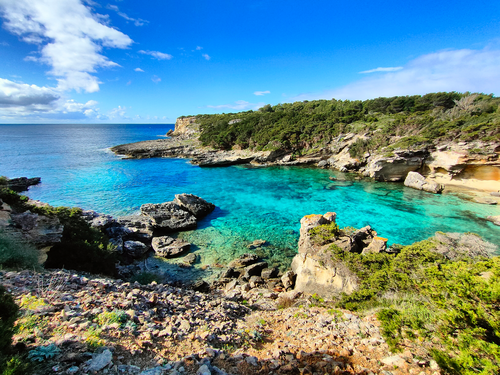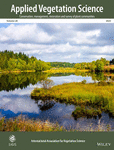Journal list menu
Export Citations
Download PDFs
RESEARCH ARTICLE
Lost in Space: When Spatial Scale Terms Blur Actual Study Size in Plant Community Ecology
- First Published: 10 May 2025
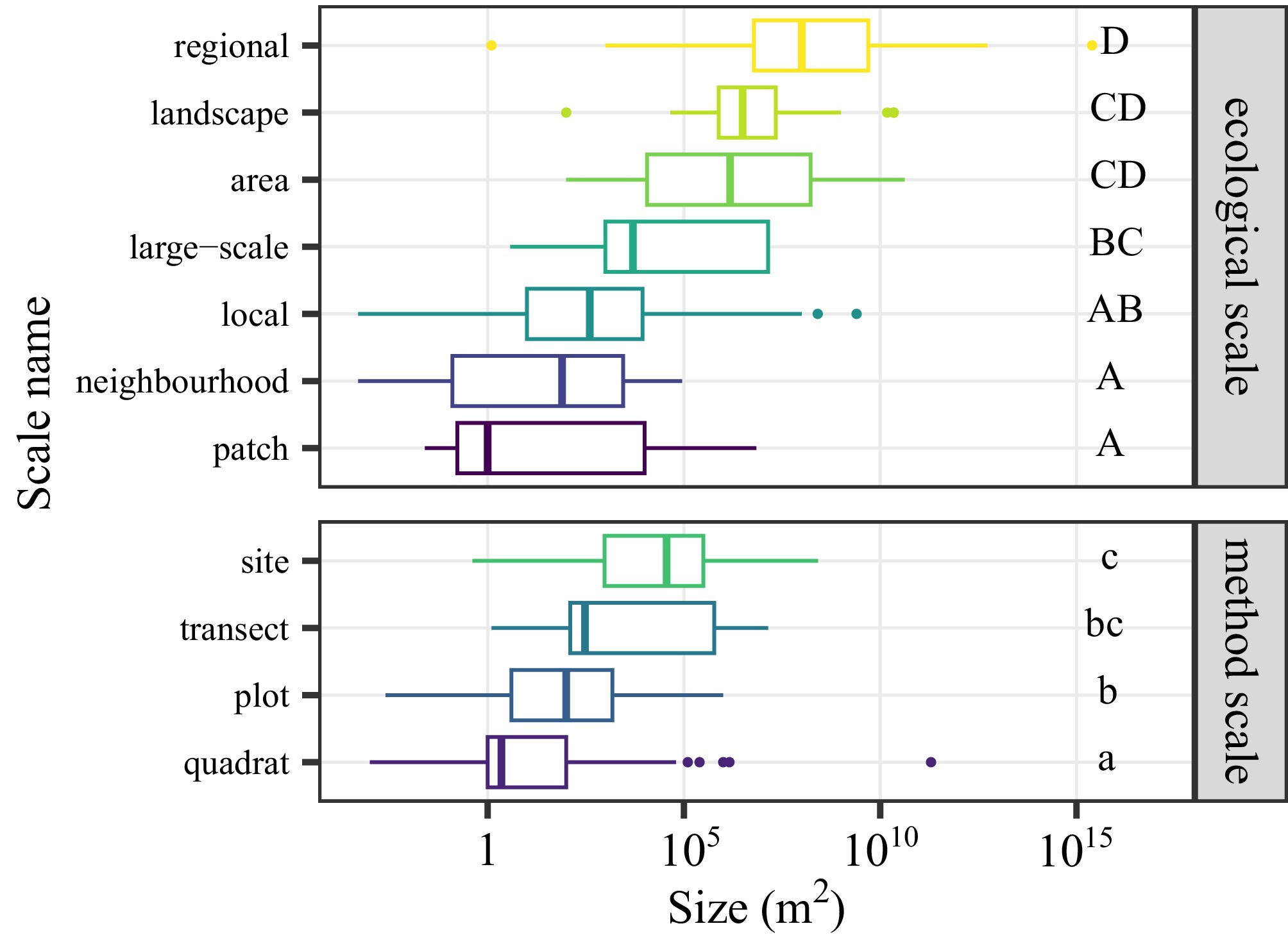
Scale terms, which include both ecological (e.g., ‘local’, ‘regional’) and methodological (e.g., ‘plot’, ‘quadrat’) characteristics are frequently used in plant community ecology. We show that the areas encompassed by single scale terms vary by 4.7 orders of magnitude on average in the literature. Scale terms in isolation are an unreliable way of judging the spatial scales explored in papers.
SPECIAL ISSUE: ISLAND PLANT COMMUNITIES
Islanded Islands: Dual Isolation Drive Distinctive and Threatened Floras of Neotropical Maritime Inselbergs
- First Published: 15 May 2025
RESEARCH ARTICLE
SPECIAL ISSUE: ISLAND PLANT COMMUNITIES
Revisiting a Small Mediterranean Island: How Vegetation has Changed in the Last 15 Years
- First Published: 31 May 2025
Small islands are excellent open-air laboratories, and they are fragile and important environments to preserve. Using a multi-faceted approach, we evaluated the changes in a short time of vegetation from Pianosa island. We evaluated impact of anthropic activities and natural dynamics, assessing taxonomic and functional turnover and analysing landscape dynamics and land use patterns through remote sensing analysis.
RESEARCH ARTICLE
Synopsis of Nardus Grassland Resurveys Across Germany: Is Eutrophication Driven by a Recovery of Soil pH After Acidification?
- First Published: 23 May 2025
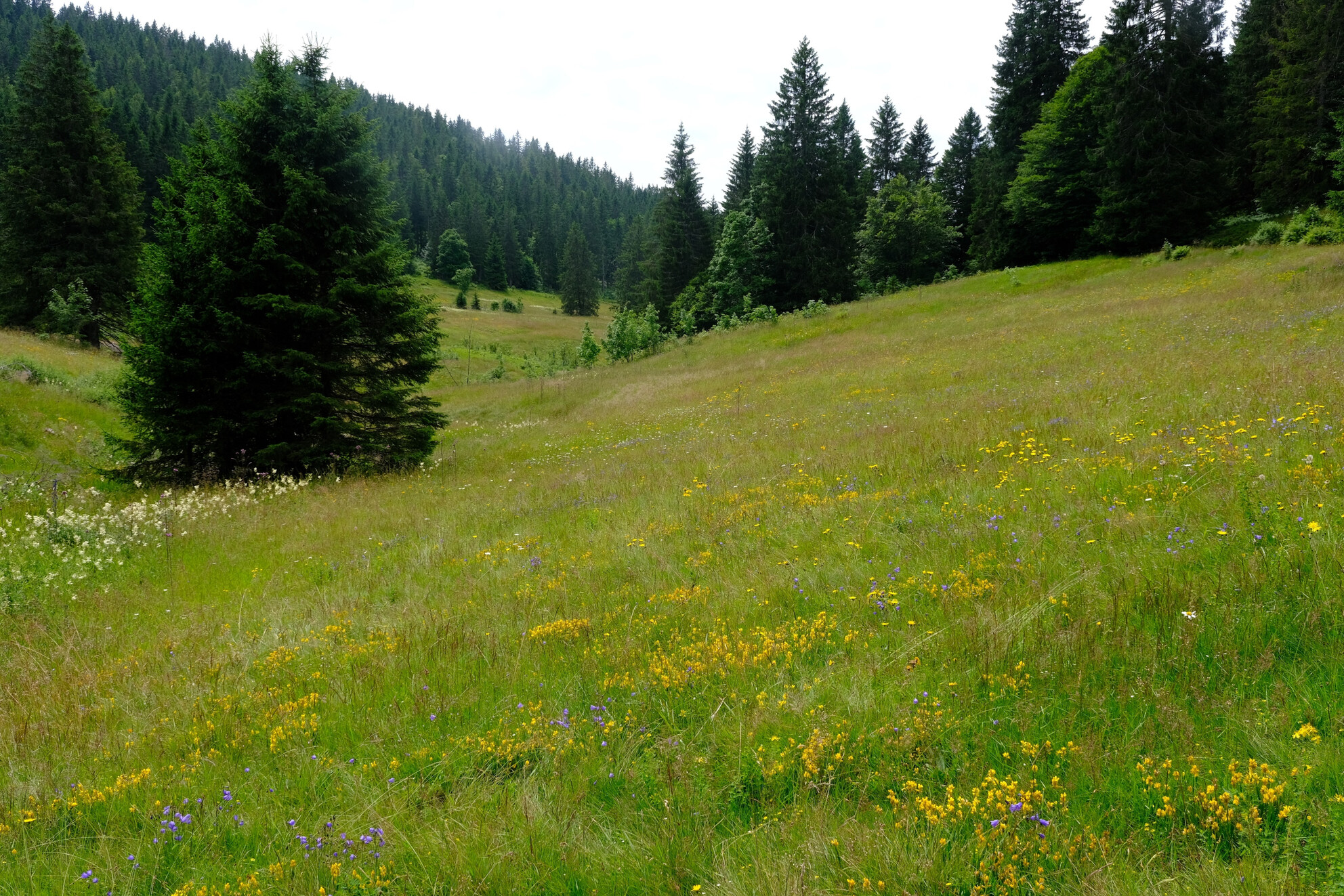
Using data from several regional resurvey studies of Nardus grasslands in Germany, we show that eutrophication has occurred throughout the country, only less at higher altitudes. Soil pH values have increased and C:N ratios have decreased. Our results suggest that significant reductions in acidifying sulphur and nitrogen deposition, climate warming and management shifts are important drivers of these changes.
From Disturbance to Recovery: Unveiling the Role of Goats and Ecological Drivers on Vegetation Dynamics of Trindade Island, South Atlantic, Brazil
- First Published: 28 May 2025
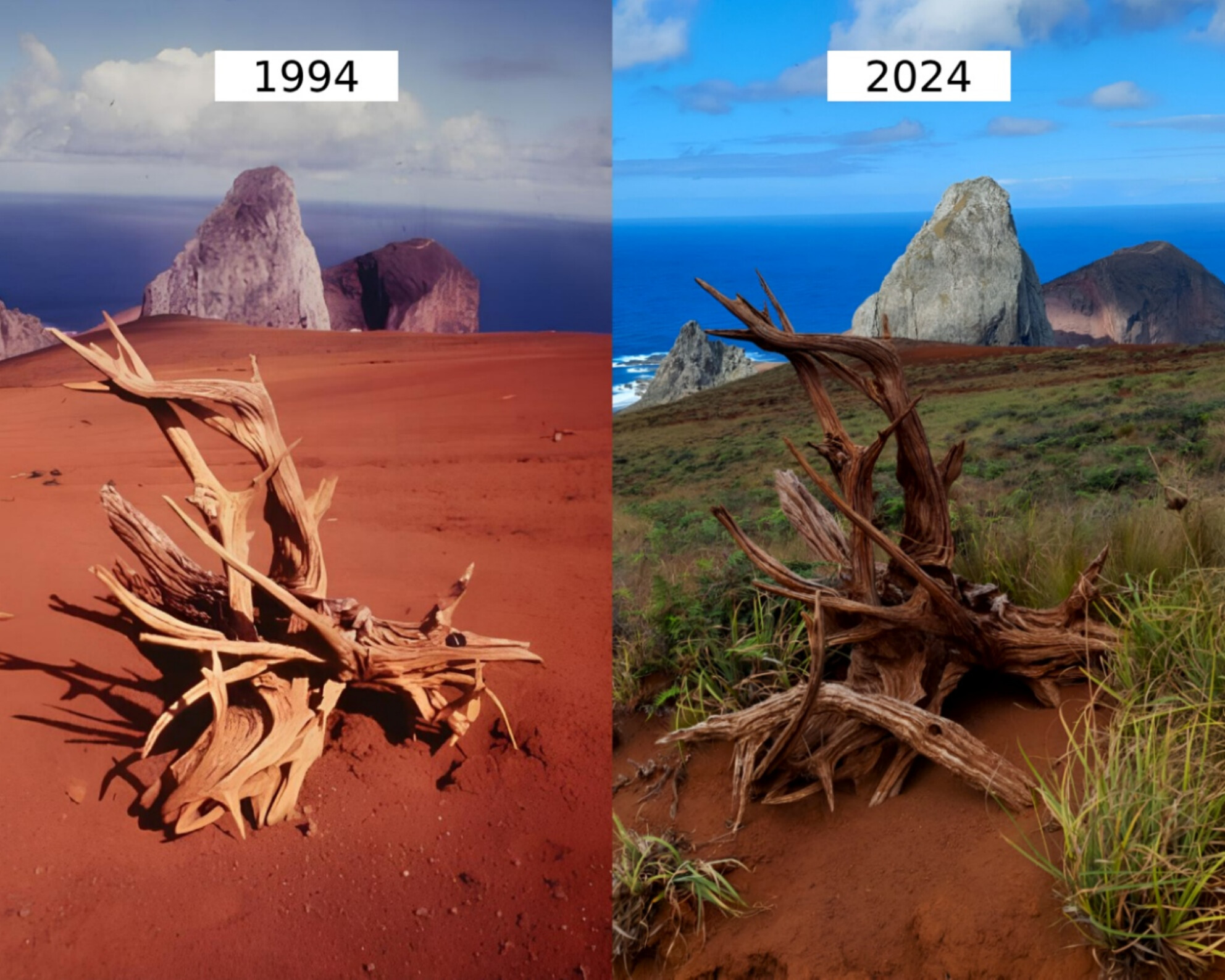
We analyzed long-term vegetation dynamics on Trindade Island, assessing the influence of feral goats and abiotic factors using remote sensing and field data. Vegetation cover increased over time, with forests and grasslands expanding. NDVI effectively captured these changes, revealing strong biotic and abiotic interactions. Our findings emphasize the need for targeted conservation strategies to mitigate invasive species impacts.
SPECIAL ISSUE: INVASIONS IN PLANT COMMUNITIES
Plant–Soil Feedback Does Not Contribute to the Competitive Outcome Between Invasive and Resident Native Species in a Species-Rich Grassland
- First Published: 13 June 2025
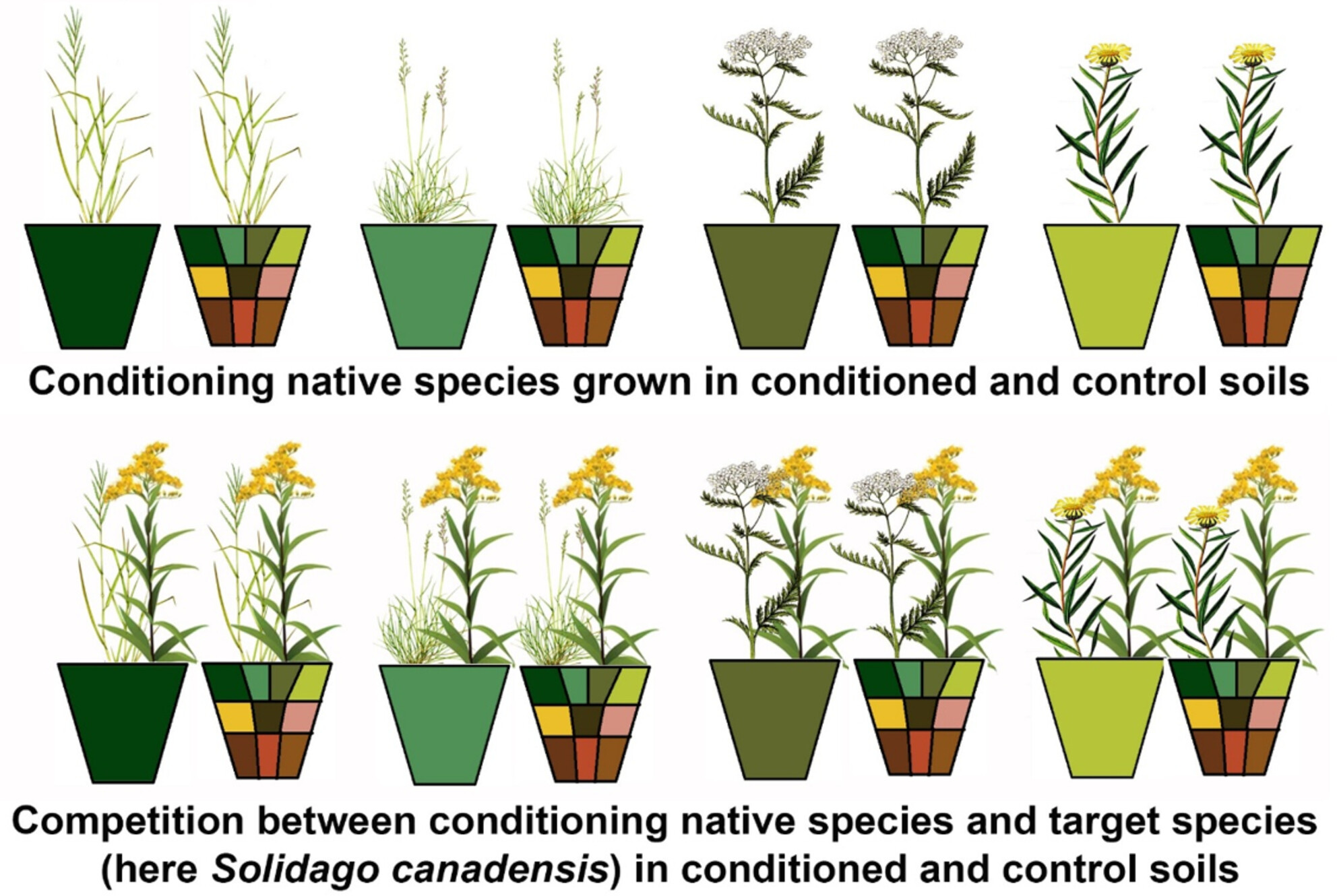
We studied the relative influence of native species' plant–soil feedback and competition on the performance of two invasive (Solidago canadensis, Erigeron canadensis) and two native grassland species (Centaurea jacea, Crepis foetida). Although the native species exerted strong negative plant–soil feedback on the performance of the target species, this effect mostly disappeared in the real presence of the native competitors.
RESEARCH ARTICLE
Vascular Plant Traits Shape Biocrust Community Structure in a Diverse Arid Shrubland
- First Published: 31 May 2025
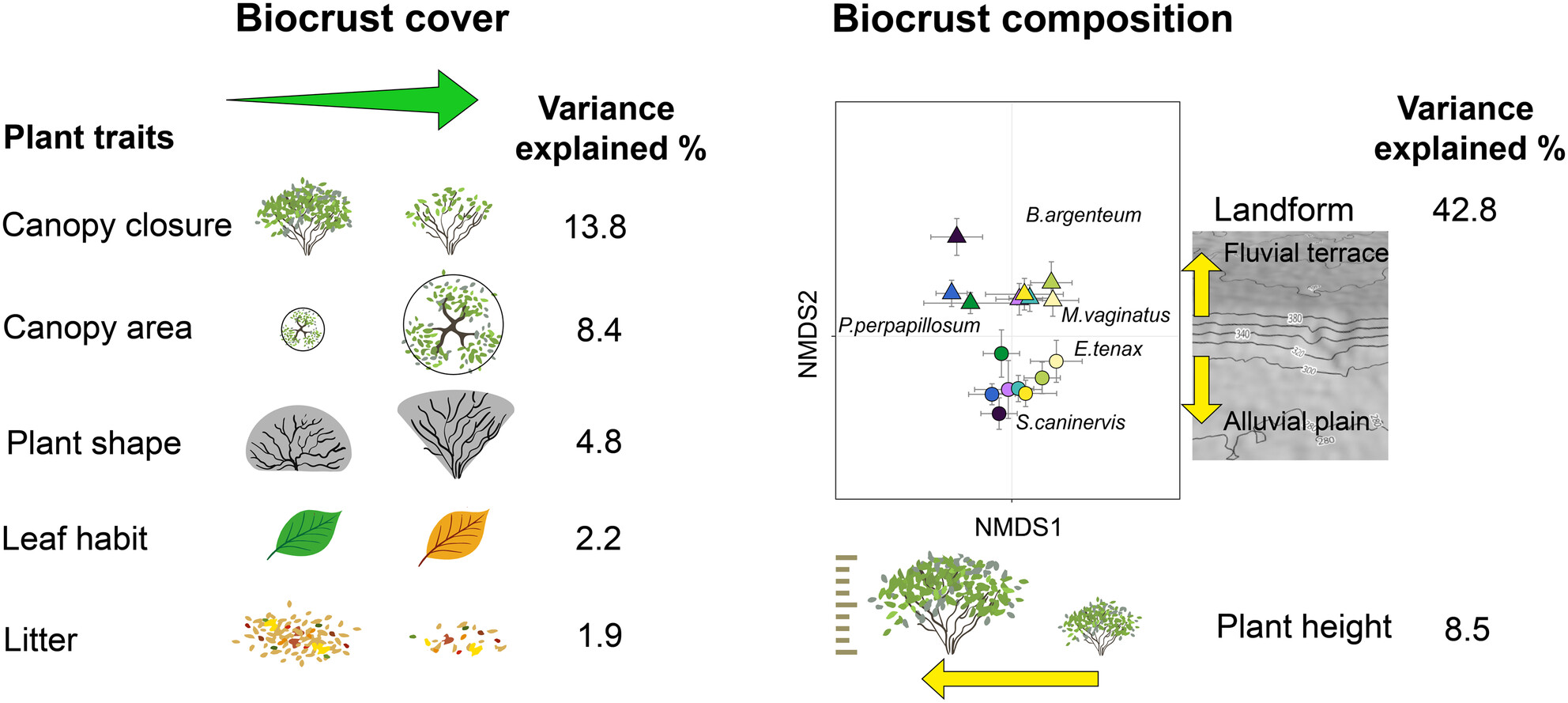
Plants and biocrusts are the main ground cover in drylands. We evaluated the biodiversity and cover of biocrusts across plant species and asked which plant traits influence biocrust community structure. Our results suggest trait specificity of plant-biocrust interactions, with canopy closure, area, and shape influencing biocrust cover, and plant height influencing biocrust composition.
CSR Strategies Are Associated With Elemental Leaf Chemistry in Alpine Plants
- First Published: 03 June 2025
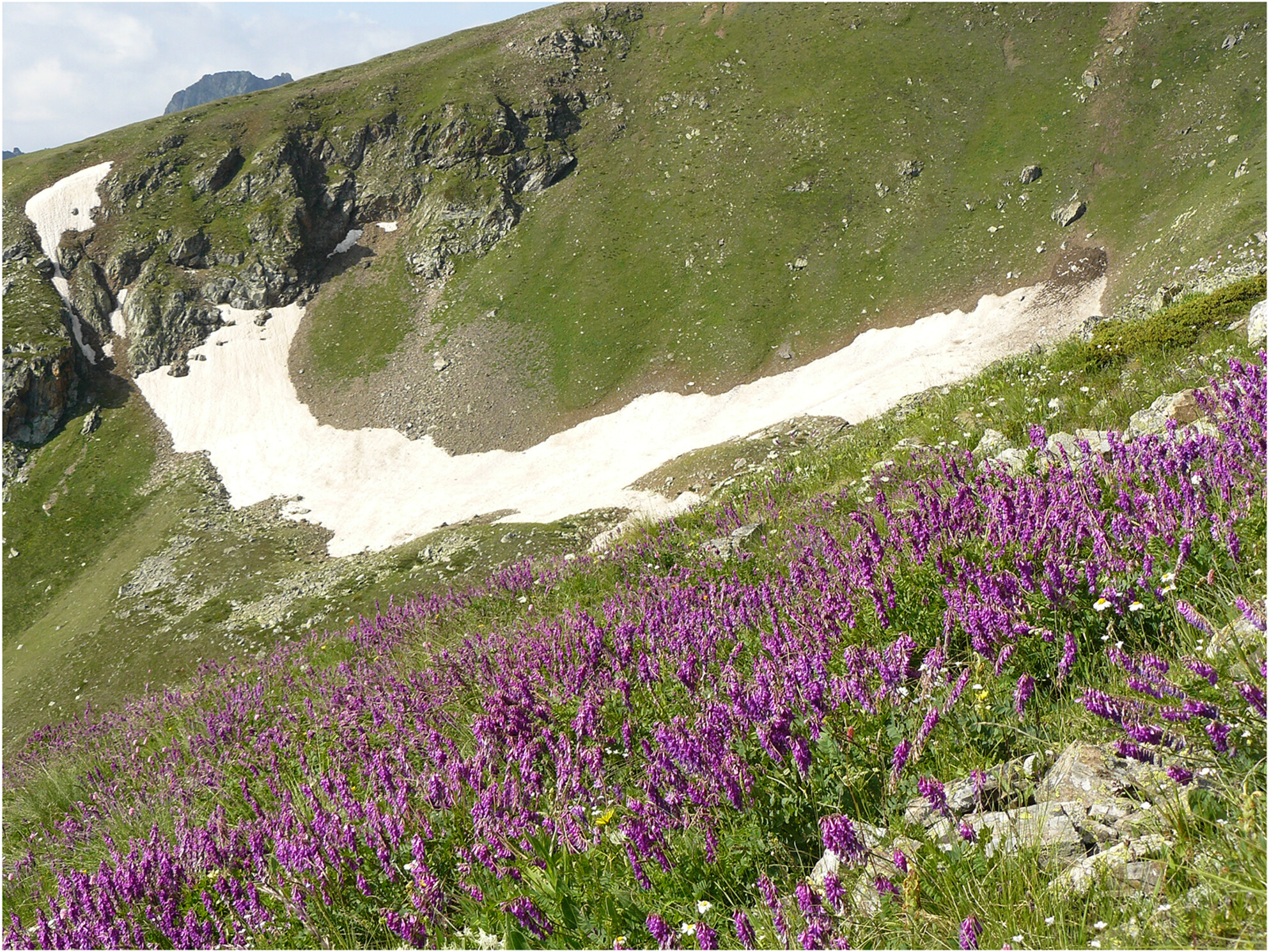
We studied the relation between plant species' positions within the CSR strategy scheme and leaf elemental composition of alpine plants in the Caucasus and Tatra Mountains. Many elements (e.g., K, S, Mg, Ca, Cl, Zn, Cu, Na) showed a significant negative relationship with proportional adherence to the S strategy and a positive relationship to the R strategy. Only Si exhibited a positive correlation with the S strategy. Overall, elemental composition had a close relation with CSR strategies.
Seed Bank and Ashfalls: The Ecological Resetting Effect of the Recent Tajogaite Volcano Eruption in the Canary Pine Forest (La Palma, Spain)
- First Published: 18 June 2025

This groundbreaking study explores the impact of volcanic tephra thickness on seed bank viability and seedling emergence. By simulations of ash depth from the Tajogaite eruption (La Palma, Canary Islands), we demonstrated that tephra layers exceeding 5 cm significantly inhibit germination of endemic pine forest species, suggesting profound post-eruption changes in plant composition within 5 km of the crater.
Diversity Patterns of Tree Communities Across Multiple Flood Gradients With Separate Fire Histories: Unveiling Patterns in a Wetland Ecosystem
- First Published: 19 June 2025
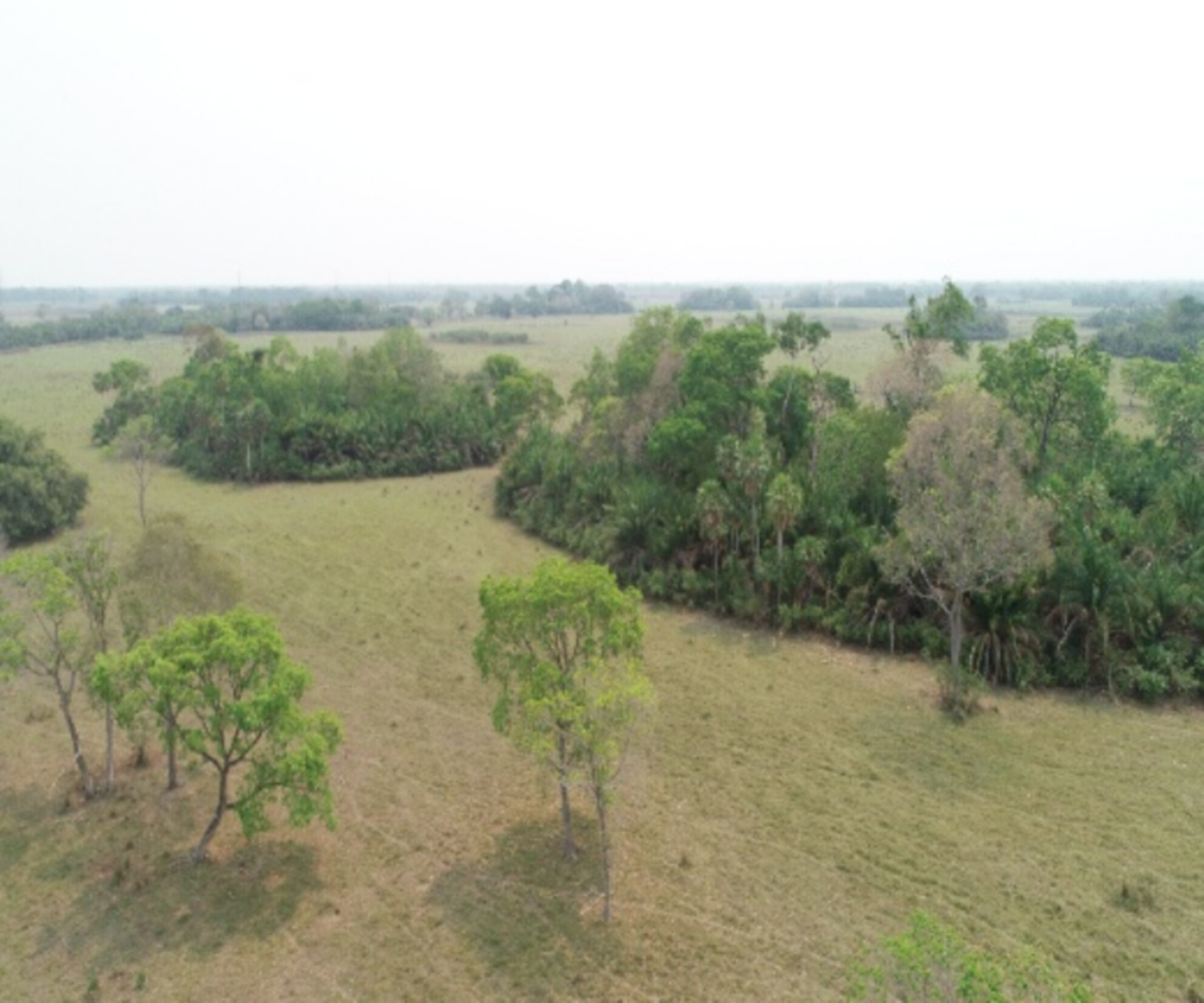
We analyzed how flood and fire gradients shape tree communities in the Brazilian Pantanal. Functional diversity increased with flooding, while recent fires reduced species richness and functional traits. Communities in recently burned areas were nested subsets of older ones. These findings highlight the importance of fire-free intervals for biodiversity recovery and wetland forest resilience.
Differential Response of Community Biomass Temporal- and Spatial- Stabilities to Nitrogen Addition in an Alpine Meadow on the Tibetan Plateau
- First Published: 25 June 2025
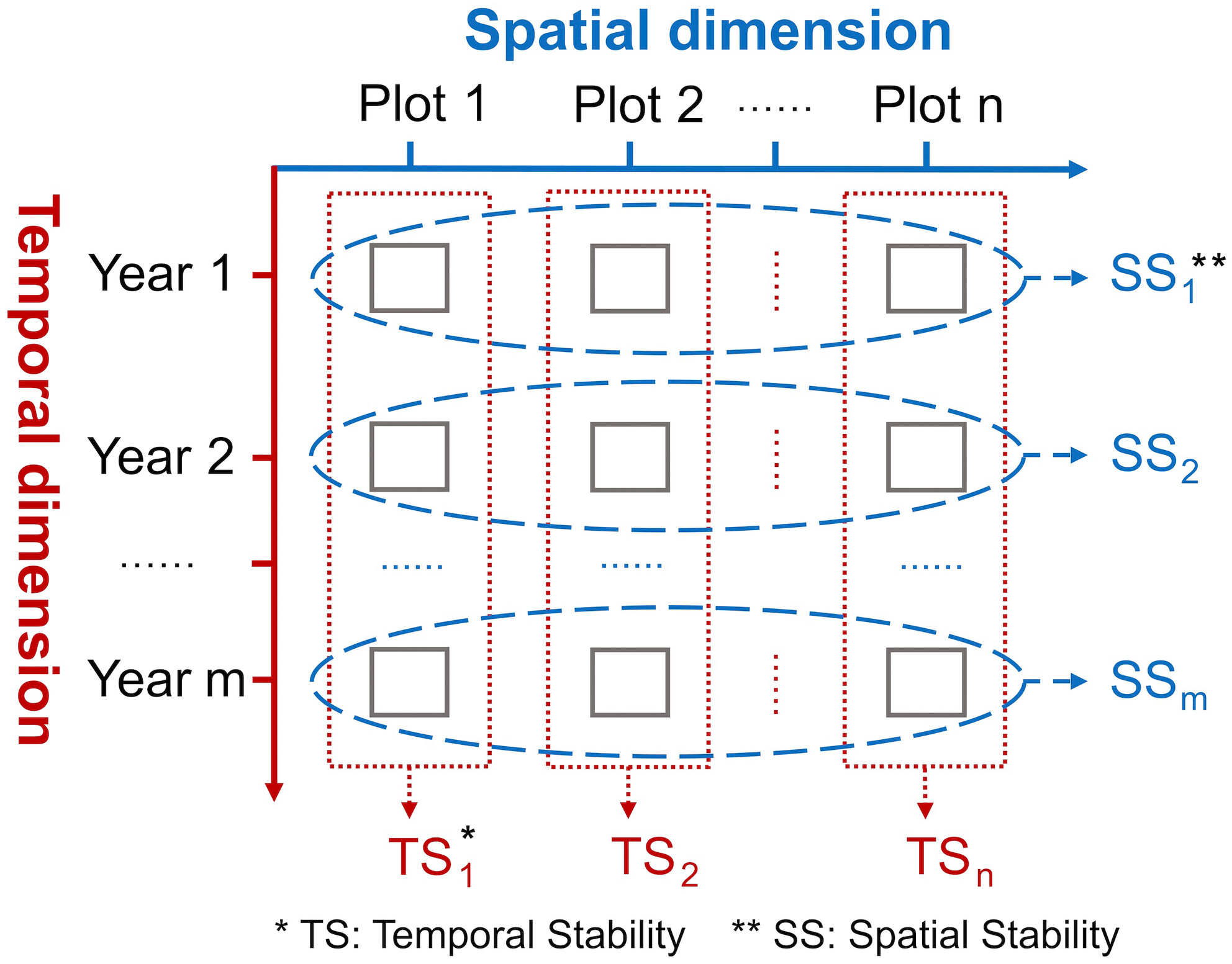
This study investigates how nitrogen addition affects temporal and spatial stability of community biomass in alpine meadows. Using 5 years of experimental data, it highlights the key roles of dominant species' asynchrony and shows that nitrogen addition enhances temporal but not spatial stability, despite reduced species richness, emphasizing the need to consider multidimensional biomass stability.




